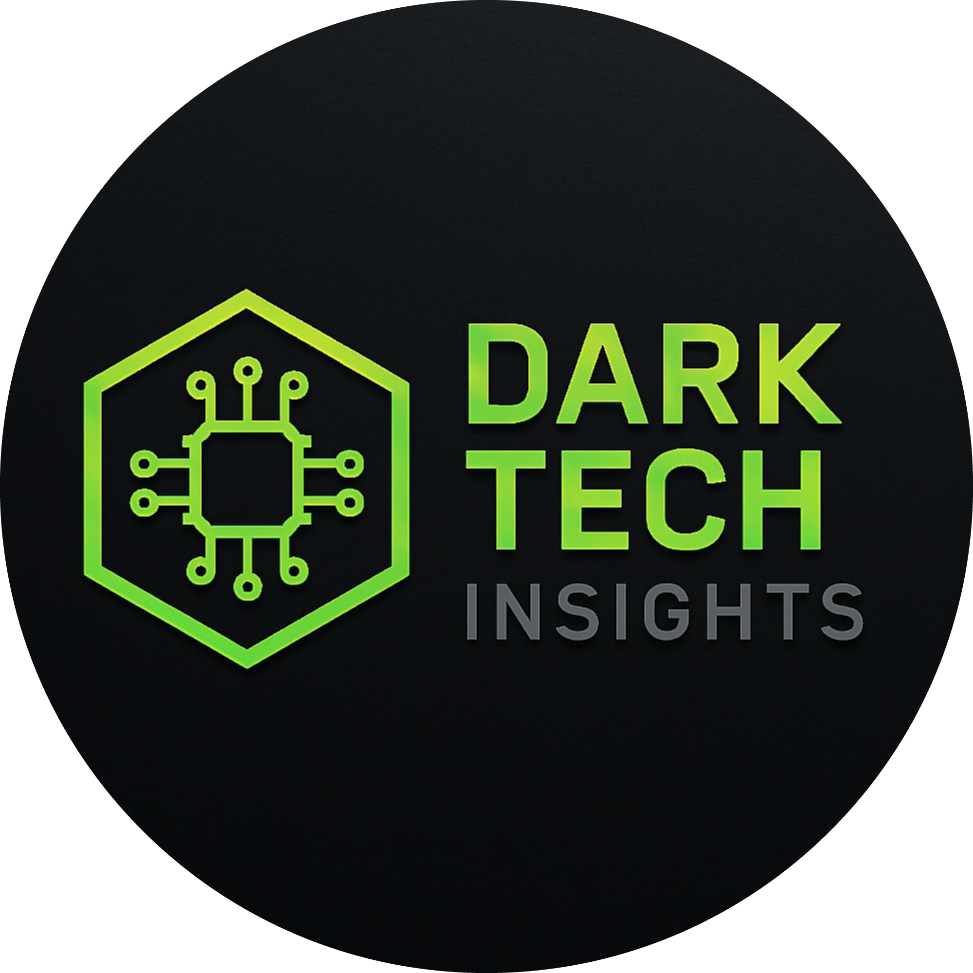The Rise of Malicious NPM Packages: How Safe Is Your Codebase?

Table of Contents
The Node Package Manager (NPM) ecosystem has become the backbone of modern web and app development. With over two million packages available, developers can easily integrate powerful functionalities without reinventing the wheel. However, this convenience comes with risks. In recent years, malicious actors have increasingly targeted NPM by uploading compromised or fraudulent packages that look legitimate but contain hidden malware, cryptominers, backdoors, or data stealers.
The threat is amplified by the sheer scale of dependencies. A single project may indirectly rely on hundreds of packages, meaning one compromised dependency can cascade across thousands of applications. This was evident in incidents like event-stream and colors/faker, where millions of downloads carried malicious code before detection. Attackers know that open-source trust and widespread reliance create the perfect opportunity to slip harmful code into unsuspecting projects.
How Attackers Infiltrate the NPM Ecosystem
Malicious NPM packages don’t appear out of thin air. Cybercriminals use clever techniques to infiltrate the ecosystem, often exploiting human error and developer trust. Common attack vectors include:
- Typosquatting – Attackers publish packages with names similar to popular libraries (e.g.,
expresssinstead ofexpress), tricking developers into accidental downloads. - Account Takeovers – Hackers compromise maintainers’ accounts to inject malicious code into trusted projects.
- Dependency Hijacking – When developers abandon or forget to renew a package, attackers take over the namespace to re-upload malicious versions.
- Obfuscated Code Injection – Malicious payloads are hidden deep inside minified or encrypted files, making them hard to detect.
These techniques exploit developers’ trust and automation in CI/CD pipelines. Many organizations install packages without manual inspection, leaving the door wide open for exploitation.
If you want pdf with more details, then see the link below

The Hidden Threat of Malicious NPM Packages
At first glance, installing an NPM package feels safe — after all, millions of developers rely on it daily. However, malicious actors have learned to exploit this trust. They publish packages that look harmless but secretly include code designed to steal sensitive information, install backdoors, or run cryptominers. These malicious packages often mimic popular libraries with small name changes (known as typosquatting) or hide dangerous scripts within dependencies that execute during installation.
The scariest part? Developers may never realize their codebase is compromised until the damage is already done. For example, credentials, API keys, or even user data can silently leak through malicious scripts. This makes supply chain attacks through NPM one of the most dangerous threats in modern web development. Protecting your project requires more than just trusting the registry — it requires vigilance.
Real-World Incidents of NPM Supply Chain Attacks
Several high-profile incidents have shown just how dangerous malicious NPM packages can be. In 2021, security researchers discovered multiple NPM libraries designed to steal Discord tokens. Later, attackers used similar techniques to target cryptocurrency wallets, planting malware into widely downloaded packages. Another infamous case was the event-stream incident, where a widely used NPM library was hijacked by a malicious maintainer, inserting code that attempted to steal Bitcoin from specific apps.
These attacks prove that no project is too small or too big to be targeted. Since NPM packages are interconnected through dependencies, one compromised library can affect thousands of projects within hours. This ripple effect highlights the need for developers to treat third-party dependencies as potential vulnerabilities — not just convenience tools.

Preventing Malicious Package Infections
The best defense against malicious NPM packages lies in a combination of developer awareness and robust security practices. First, developers should carefully audit dependencies before installing them, checking metrics such as weekly downloads, GitHub activity, and maintainers’ credibility. Using package managers with lock files (like package-lock.json or yarn.lock) ensures consistency across environments, reducing the risk of supply chain tampering. Another critical step is implementing automated security checks—tools like npm audit, Snyk, or OWASP Dependency-Check can highlight vulnerabilities and malicious code early. In enterprise settings, whitelisting approved libraries and restricting direct internet package installations provide an additional security layer. Ultimately, awareness and vigilance at the developer level are just as important as enterprise-wide policies.
The Future of Package Security
As software ecosystems expand, the battle between attackers and defenders will only intensify. The NPM registry itself is rolling out stronger security mechanisms, such as mandatory 2FA for popular maintainers, automated malware detection, and provenance tracking. Beyond NPM, innovations like Sigstore aim to establish open-source signing and verification standards across ecosystems, making it harder for attackers to introduce tampered packages. AI-driven threat detection is also on the horizon, where machine learning models could automatically flag unusual dependency behaviors. However, as long as developers rely on open ecosystems, the threat won’t vanish. The future of package security hinges on a collaborative approach between registry maintainers, corporations, and developers.
📝 Conclusion
The rise of malicious NPM packages highlights a growing security concern for developers worldwide. While open-source ecosystems thrive on collaboration, their openness also creates opportunities for bad actors to exploit trust. Attackers are increasingly using typosquatting, dependency hijacking, and obfuscated code to sneak harmful scripts into widely used libraries. Developers and organizations must adopt proactive security practices—such as dependency audits, automated vulnerability scanning, and supply chain monitoring—to reduce risks.
As NPM continues to be the backbone of modern JavaScript and Node.js projects, staying informed and vigilant is the only way to safeguard your codebase. The lesson is clear: convenience should never outweigh security. Every package you install is a potential entry point—so treat it with the same caution as your production servers.
❓ FAQs
Q1: What is a malicious NPM package?
A malicious NPM package is a library uploaded to the NPM registry with hidden harmful code, such as data theft scripts, crypto miners, or backdoors designed to compromise applications.
Q2: How do attackers sneak malicious packages into projects?
They often use typosquatting (creating names similar to popular packages), dependency confusion, or even hijack abandoned libraries to insert malicious code
Q3: Are private projects safe from malicious NPM packages?
Not necessarily. Even private repositories are at risk if they rely on public dependencies that get compromised. Always lock versions and run regular audits.
